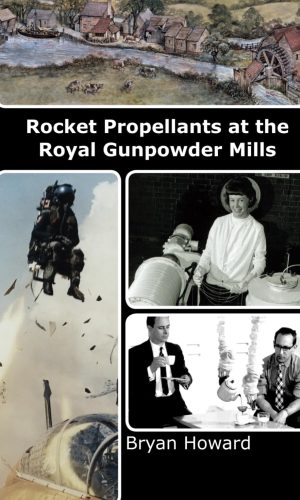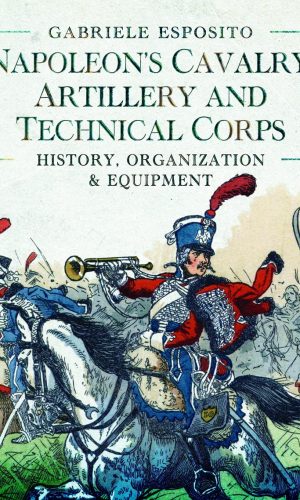Weapons & Warfare
-
Rocket Propellants at the Royal Gunpowder Mills
South Site was a later addition to the Royal Gunpowder Factory purchased in 1887 for the production of nitrocellulose, nitroglycerine and cordite. After the Second World War, it became a research establishment to develop propellants and explosives.
This book, discusses the research undertaken in P1 Branch where Bryan Howard worked from 1964 to until the site closure in 1989. However, it also mentions other activities within P1 and the other branches that Bryan was not personally involved in, giving a hint of the breadth of work carried out.
It has been compiled from Bryan’s notes made in the years following his retirement.Read more
£5.70 -
P-38 Lightning Illustrated
The more than 10,000 Lockheed P-38 Lightnings produced during World War II do not even place it in the top 15 combat aircraft produced during that conflict. And yet, the Lightning is one of the most dynamic and successful fighters of that era. The P-38 was the first Lockheed-designed military airplane to be mass produced, and the first twin-engine interceptor flown by the U.S. Army Air Forces. Up until its introduction, most fighters were powered by air-cooled radial engines. The Lightning was powered by a pair of liquid-cooled Allison V-1710 in-line engines. Likewise, fighters….in fact, most….military aircraft were “tail draggers”, but the Lightning was the first modern fighter with tricycle landing gear. The design of the P-38 was radical…..the twin-boom layout….the bubble canopy, and the flush-riveted skins which lowered drag to a point that the Lightning was the first fighter capable of speeds over 400mph made it unique. That radical design also made growth versions possible, and it was the only U.S. fighter whose production spanned the entire war years. When it went into action, it was the first American fighter to shoot down a German airplane and the first fighter capable of escorting bombers all the way to Berlin. It was the mount of the two highest-scoring American aces of the war. P-38s accounted for more Japanese aircraft destroyed than any other single fighter. The speed and high-altitude performance of the Lightning made it the preeminent photo reconnaissance platform of the war. The versatility of the design included ground attack and night fighter missions. The P-38 Lightning was, indeed, one of the most effective and celebrated aircraft of WWII. This pictorial record of the P-38 includes dozens of color photos as well as drawings and period advertisements featuring the iconic P-38 Lightning.
Read more
£15.10P-38 Lightning Illustrated
£15.10 -
Napoleon’s Cavalry, Artillery and Technical Corps 1799–1815: History, Organization and Equipment
The French Army of Napoleon could count on a brilliant mounted arm, consisting of three main types of cavalry: heavy, medium and light. The first, consisting of carabiniers and cuirassiers, was tasked with conducting frontal charges; the second, consisting of dragoons and lancers, could perform a variety of different duties; the third, consisting of hussars and mounted chasseurs, was tasked with scouting and skirmishing. The various regiments were all dressed in flamboyant uniforms and distinctive equipment. Perhaps more than any other troops they encapsulated the dash and glamour of Napoleonic warfare.Napoleon started his military career as an artillery officer and thus always paid great attention to the quality of his army’s artillery, which consisted of both foot and horse units. Several of Bonaparte’s greatest victories were achieved thanks to the superiority of his artillery, which was with undoubtedly the best in Europe during the period 1799-1815. In addition to cavalry and artillery, the author also covers the minor ‘technical corps’ of Napoleon’s army, such as the engineers and supply train. All are beautifully illustrated by the many color plates in this book, and their organization, equipment and tactics described.
Read more
£9.50



